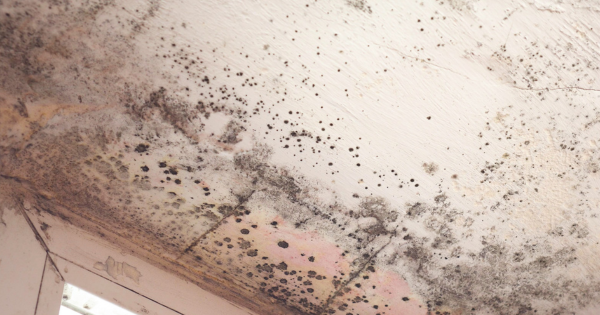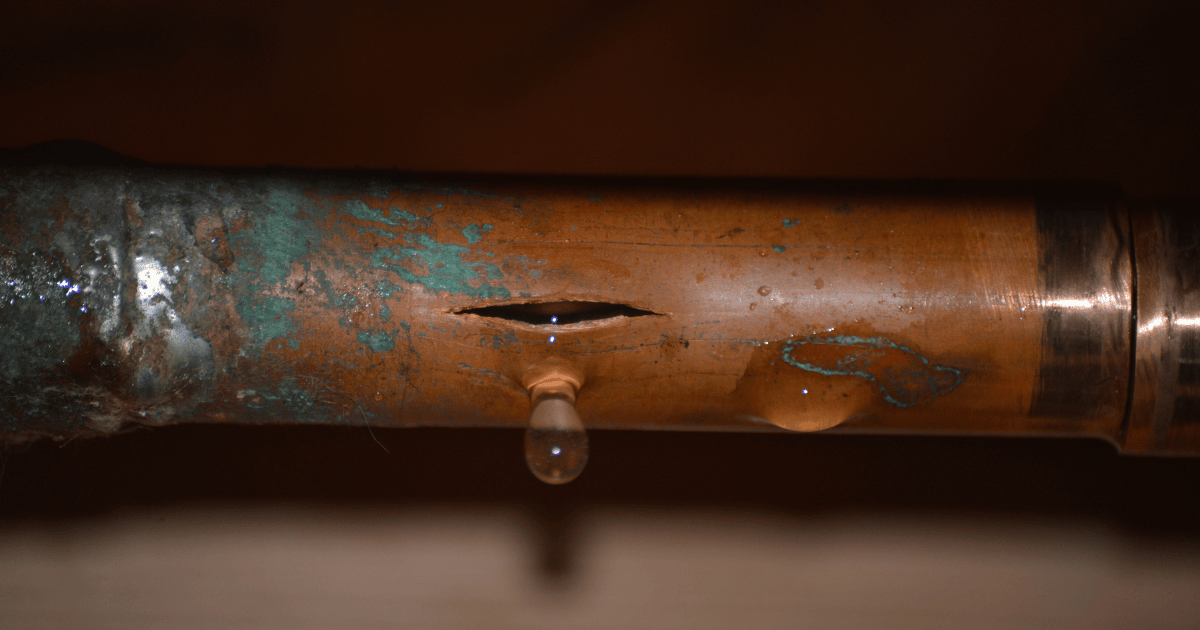
Different Types of Mold That Can Grow in Your Utah Home
A mold infestation is more than an inconvenience. It causes significant health problems and can cause structural damage to buildings. But how can Utah homeowners know when mold infiltrates their homes?
Swift Restoration and Remodeling, a mold removal company servicing Farmington, UT, and surrounding areas, helps homeowners identify and prevent various types of mold with the guide below.
What Causes Mold Infestations?
How does a mold infestation begin? Typically, a property develops water damage that goes untreated or unmanaged. Water from a flood or leak seeps into building materials. Indoor structures receive little sunlight and airflow, exacerbating the situation. Even after the excess water evaporates, moisture seeps deep into the flooring and walls. The dark atmosphere provides the perfect environment for mold growth.
Types of Mold
Many types of mold may necessitate mold removal services, including the following.
Acremonium
Homeowners may struggle to identify acremonium due to its shifting appearance. It sometimes takes on a pink or orange hue with a slimy consistency. In other environments or growth stages, it becomes powdery with a white or gray color. It thrives in drain pans, window seals, humidifiers, and other areas exposed to constant moisture. Although rare, it has significant health consequences:
- Impaired immune system
- Brain dysfunction
- Bone and organ diseases
Aspergillus
Nearly 200 species of aspergillus lurk in Utah households. Each species varies in color and characteristics. When Aspergillus mold infiltrates a home, it creates speckled areas that quickly grow into sprawling splotches. It densely populates corners where two structures, like walls or ceilings, meet.
Aspergillus isn’t as medically significant as acremonium. However, it can cause minor health complications, including:
- Respiratory infections
- Lower immune functions
- Inflamed mucous membranes, throat, and nasal passages
Cladosporium
Fabric-loving Cladosporium can survive in hot or cold temperatures. Its coloration ranges from olive green to soft brown with a texture resembling suede. Most homeowners discover it in carpeted areas or on upholstered furniture.
This mold species doesn’t cause any significant health issues. However, it can cause allergic reactions via skin and respiratory irritation. A homeowner might feel itchy or begin sneezing when in the same vicinity as this mold.
Stachybotrys
Also infamously known as black mold, Stachybotrys causes concerns for any mold removal company. It may feel slimy and wet or dry and powdery in texture. Its hallmark color ranges from deep green to black.
Black mold releases mycotoxins into the rooms it infests. Mycotoxins are hazardous to human health and cause problems ranging from mild irritation to organ damage. People suffering from prolonged Stachybotrys exposure might experience:
- Continuous congestion
- Burning sensations in nasal passages
- Coughing, hacking, sneezing, and wheezing
- Headaches
- Disrupted sleep
- Exhaustion
When To Contact a Mold Removal Company
Unfortunately, many symptoms of mold exposure are identical to the average sinus infection or allergic reaction. Household members may disregard these symptoms until they worsen. Utah homeowners who identify these mold-related issues should immediately contact a removal company for professional assistance:
- Slimy or powdery growths in any area of the home: Most mold variations either feel slimy or powdery to the touch. The colonies create expanding circles and speckles on walls, ceilings, and other structures.
- Persistent respiratory symptoms: Many people struggle with seasonal allergies. But continuous respiratory problems, even seemingly benign ones, could indicate a mold infestation.
- Other symptoms with no other cause: Mold infestations disrupt sleep patterns and cause exhaustion and headaches. These symptoms occur because the immune system struggles to fight an ongoing battle with the spores infiltrating the body.
- Recent water damage: Any level of water damage requires services from a restoration company. Mold could proliferate with even the slightest moisture increases.
- Intense indoor humidity: The HVAC system should condition indoor air and filter out excess humidity. Excess humidity indicates a conducive environment for mold growth.
How To Prevent Mold Infestations
Although different mold species vary in appearance and health effects, homeowners can combat most types with regular inspections and mold testing services. Professionals recommend self-inspecting the following areas for evidence of growth or infestation:
- Inside cupboards or cabinets
- Any area with exposed plumbing
- Bathrooms and kitchens
- Rooms with carpets and rugs
- Exposed ductwork and HVAC components
Homeowners can also prevent mold by using dehumidifiers and HEPA vacuums and promptly cleaning spills. They should immediately report water damage events to a reputable restoration company. The company technicians can conduct inspection, cleaning, and restoration services with industry-leading equipment designed to mitigate mold species.
Protect Your Health and Home With Swift Restoration and Remodeling
As a mold removal company, Swift Restoration and Remodeling has skilled technicians, cutting-edge equipment, and professional techniques to combat stubborn mold infestations. Utah homeowners can reach them at 385-412-8633 or fill out their online contact form.
More To Explore
Our Service Areas In Ogden
Swift Restoration and Remodeling offers services in residential and commercial restoration for the following cities:
Get A Free Estimate
By filling out the form below
NEED HELP WITH DISASTER RESTORATION?
GET A FREE QUOTE TODAY
We are IICRC certified and hire only the most trustworthy and dedicated team members to ensure that each job is taken seriously and handled with absolute professionalism.
FIND US
Swift Restoration and Remodeling
2900 Pennsylvania Ave, Unit C Ogden, UT 84401
Map
All Rights Reserved | Swift Restoration and Remodeling



